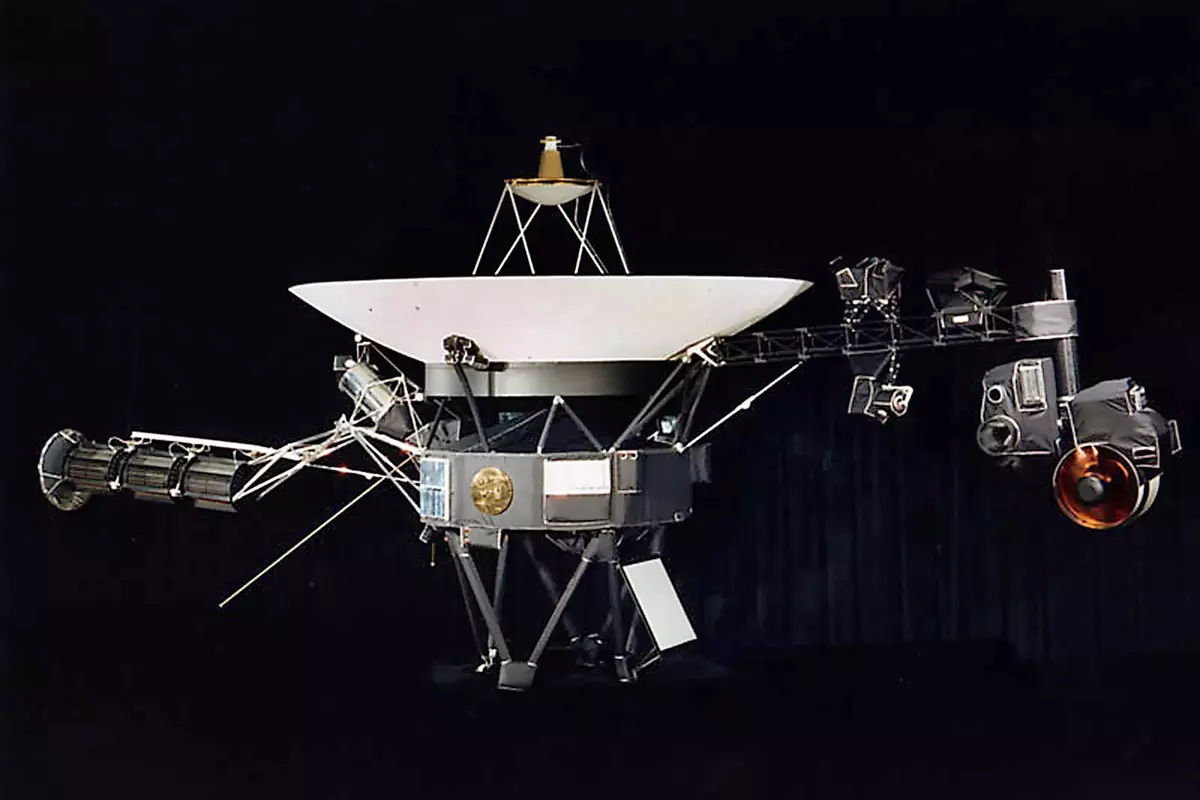
NASA’s Voyager 2 space probe, the second-farthest man-made object dispatched into space, has momentarily lost touch. It is currently 12.3 billion miles (19.9 billion kilometres) away from Earth.
NASA’s Jet Propulsion Laboratory (JPL) stated in a statement that scientists lost touch with the space probe on July 21 after a series of planned commands unexpectedly forced Voyager 2’s antenna to tilt away from Earth. Even though the spacecraft’s antenna changed by only 2 percent, it was enough to disrupt communications.
“This change has interrupted communication between Voyager 2 and the ground antennas of NASA’s Deep Space Network (DSN). Data being sent by the spacecraft is no longer reaching the DSN, and the spacecraft is not receiving commands from ground controllers”, the statement reads.
According to reports, the Canberra antenna, which is part of NASA’s DSN, will send the right signal to Voyager 2 Space Probe in the hope that it will be received.
NASA will have to wait until October otherwise.
A signal from so far away takes more than 18 hours to reach Earth.
“Voyager 2 is programmed to reset its orientation multiple times each year to keep its antenna pointing at Earth; the next reset will occur on Oct. 15, which should enable communication to resume”, the statement further reads.
JPL went on to say, “The mission team expects Voyager 2 to remain on its planned trajectory during the quiet period”.
The successor to Voyager 1 and the second spacecraft to enter interstellar space is Voyager 2. It was launched from Florida in 1977 to explore the solar system’s farthest regions, and it joined its twin on December 10, 2018.
Voyager 1 and 2 were designed to study the outer solar system up close by taking advantage of a rare planetary alignment. Jupiter, Saturn, Uranus, and Neptune were all studied by Voyager 2.
Also read: Drones Attack High-Rise Building In Moscow
To read more such news, download Bharat Express news apps


















